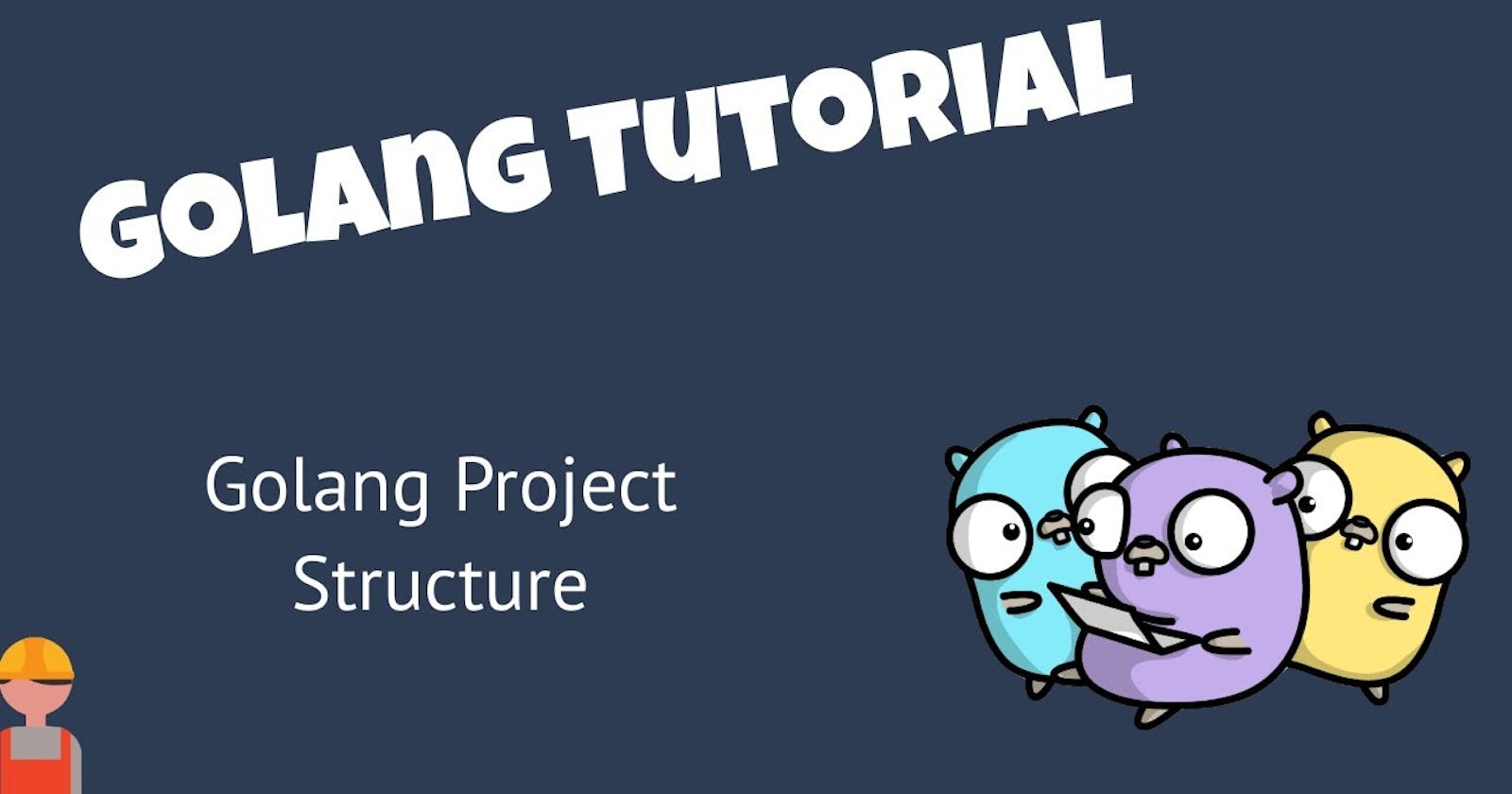Go, also known as Golang, is a statically typed, compiled programming language designed at Google by Robert Griesemer, Rob Pike, and Ken Thompson. It's known for its simplicity, efficiency and strong support for concurrent programming. Once of the keys to Go's efficiency and simplicity is its approach to modular file structure. This blog will delve into the modular file structure of Go files and guide you through writing your first Go program.
Understanding Go's Modular File Structure
In Go, the file structure is straightforward yet powerful, designed to support large-scale software projects. The modular nature of Go's file structure enables developers to organize code logically, making it easier to maintain, test and scale.
Packages
At the heart of Go's modular file structure are packages. A package is a collection of Go source files in the same directory that are compiled together. Packages serve two main purposes.
Code reuse: Functions, types, variables, and constants defined in one package can be reused in another.
Encapsulation: By convention, identifiers (name of variables, types, functions, etc.) that start with a lowercase letter are private to the package and those that start with an uppercase letter are exportable and can be accessed from other packages.
Modules
Introduced in Go 1.11, modules are collections of Go packages that are versioned together as a single unit. Modules provide an easy way to manage dependencies in your Go projects. Each module is defined by a go.mod file that resides at the root of the module's directory. The go.mod file tracks the module's dependencies and their versions.
Setting Up Your Go Environment
Before you write your first Go program, you need to set up your Go development environment. Download and install Go from the official website.
Writing Your First Go Program
Now that you understand the basics of Go's file structure and have your environment set up, let's write a simple Go program.
Step 1: Creating a Module
Inside your workspace, create a new directory for your project(e.g., "my_first_go_program")
Navigate to your project directory and initiate a new module by running
go mod init my_first_go_program. This command creates ago.modfile in your directory.

Step 2: Writing the Program
Create a new file called main.go inside your project directory and open it in your IDE. Copy the following code into main.go.
package main
import "fmt"
func main() {
fmt.Println("Hello, Gophers!")
}
This program consists of a single package called main . It imports one another package fmt , which contains functions for formatting text, including printing to the console. The main function is the entry point of the program and simply prints Hello, Gophers! to the console.
Step 3: Building and Running Your Program
To build an run your program, navigate to your project directory in the terminal and execute the following command:
go run main.go
You should see the output Hello, Gophers! printed to the console.

Understanding the Code
Let's break down what each part of the program does:
package main: This line declares the package name. Every Go program starts with a package declaration. Programs that are executed directly must have a package calledmain.import "fmt": This lines importsfmtpackage, which contains functions for formatting text, including printing to the console.func main() {.......}: This defines themainfunction, the entry point of the program. The{....}braces enclose the function's body. we will take a deeper dive into functions in a later blog post. For now, just understand from packagefmtI am using the Println func to print the textHello, Gophers!into the console. Here, notice that the first letter of the function Println is in uppercase. That's because if it were in lowercase, then it would not be exported from thefmtpackage, and as a result, we would not be able to use it in our projects.
Conclusion
Congratulations! You've just written your first Go program. Through this process, you've learned about Go's modular file structure, including workspaces, packages, and modules. You've also set up your Go environment and learned the basics of writing, building, and running a Go program. The simplicity and efficiency of Go's structure make it an excellent choice for developing scalable and maintainable software projects. Keep exploring Go's features and libraries to build more complex applications.
